The main goal of the three-year Boston Girls’ Sports & Physical Activity Project (BGSPAP) was to create an integrated and sustainable network of community-based programs that use sports and physical activity to favorably influence the physical, psychological, and social development of urban girls. The BGSPAP aimed to provide economically disadvantaged urban girls with opportunities to participate in sports and physical activity. The BGSPAP also aspired to upgrade sports and physical activity programming for girls in order to overcome gender biases built into the Boston schools and community programs. The number and quality of sports and exercise programs for Boston girls were not at par with those of Boston boys (National Women’s Law Center, 2004; Harvard School of Public Health, 2002).
The Boston Girls Sports & Physical Activity Project: Final Report to the Barr Foundation
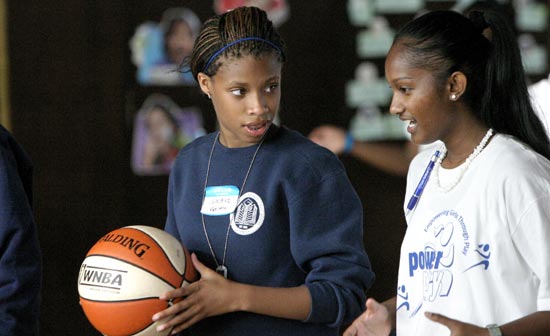
The Status of Health and Physical Activity of Girls in Texas
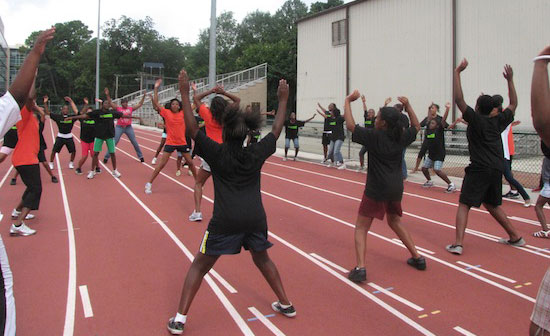
This report highlights key indicators of the status of both physical activity and health for Hispanic female youth in Texas with particular emphasis on the San Antonio metropolitan area; these indicators are then compared with national averages in order to contextualize the results.
The Status of Female Youth Health and Physical Activity in the Chicago Metropolitan Area
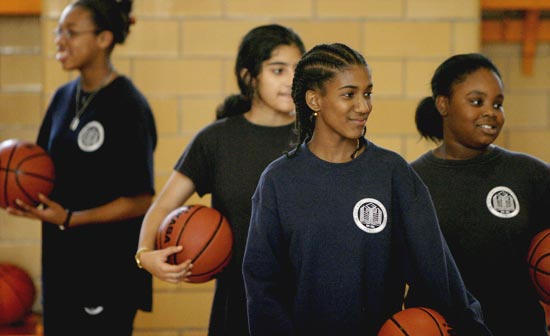
This report highlights key indicators of both the status of physical activity and health for female youth in the Chicago metropolitan area; these indicators are then compared with national averages in order to contextualize the results. Overall, this report shows that female youth in the Chicago areas are not getting sufficient physical activity, either through sports teams or independent fitness programs.
The Status of Female Youth Health and Physical Activity in the Atlanta Metropolitan Area
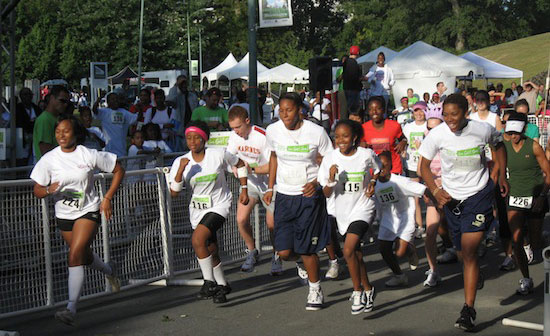
This report highlights key indicators of both the status of physical activity and health for female youth in the Atlanta metropolitan area and the state of Georgia; these indicators are then compared with national averages in order to contextualize the results. Overall, this report shows that female youth in the Atlanta and Georgia areas are not getting sufficient physical activity, either through sports teams or physical education courses in school.
Title IX and Race in Intercollegiate Sport
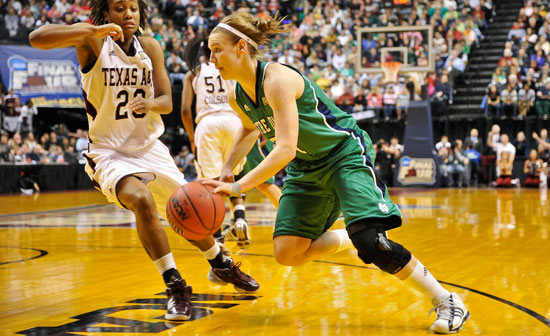
Are women of color receiving their fair share of the opportunities in intercollegiate athletics? Some writers have suggested that female athletes of color have not accrued as many gains during the Title IX era of American sport as white female athletes. Other writers suggest that Title IX has hurt male athletes of color. Overall, Title IX of the Education Amendments of 1972, the federal law that prohibits discrimination on the basis of sex in all education programs and activities receiving federal funds, has helped to spur girls’ and women’s participation in sport. Yet the assessment of progress in intercollegiate sport by women of color and men of color is confounded not only by the complexity of race relations in American history, but also by the scarcity of reliable data on minority athletic participation rates during the Title IX era (from 1970 to the present).
Minorities in Sports

A study showing the effects of high school varsity sports participation on academic achievement, career upward mobility, leadership aspirations, and social involvement of women, African Americans, and Hispanic Americans.
